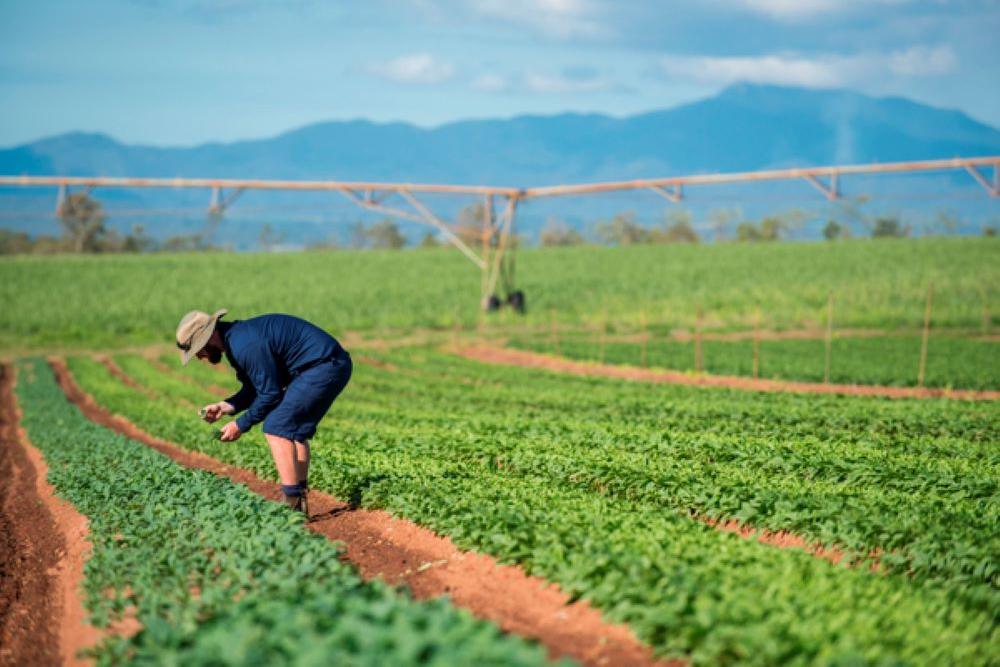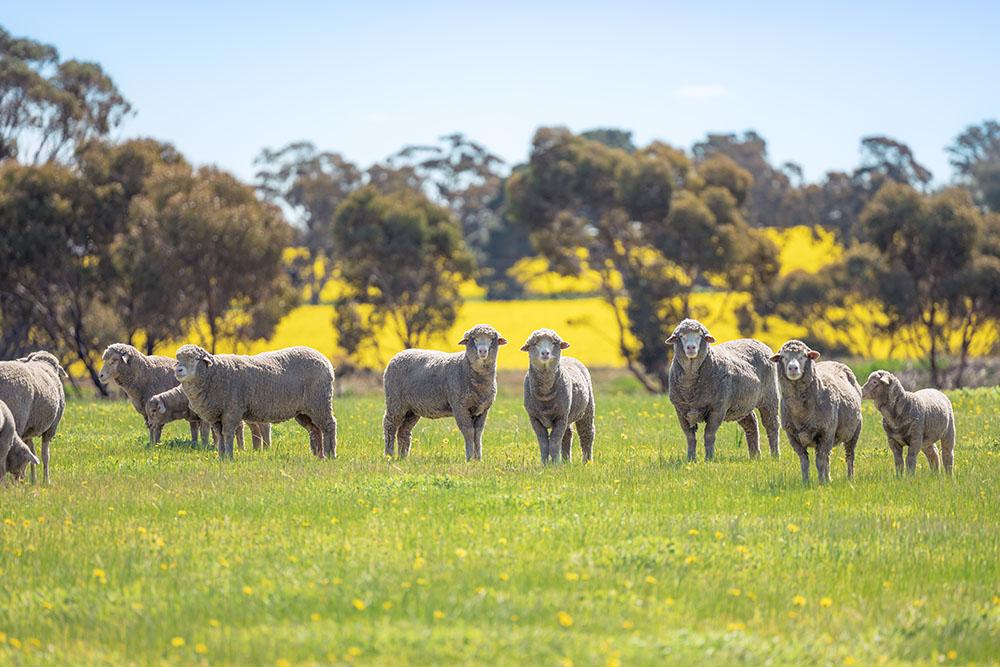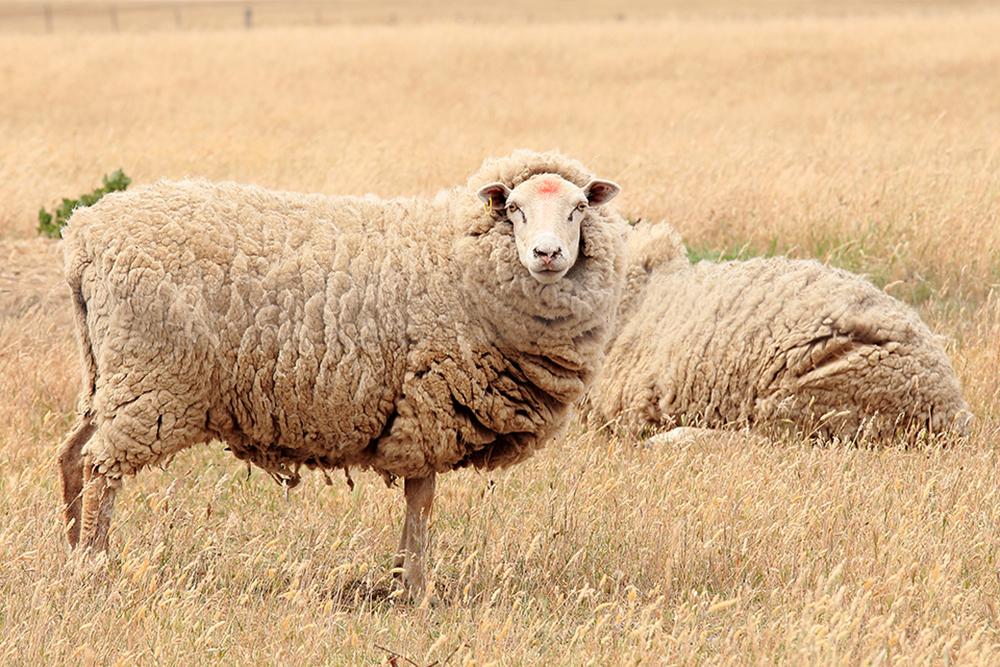The average percentage of crop loss or waste per Australian horticultural farm dropped in 2023-24 and varied significantly depending on crop type, new data collected by ABARES reveals.
The report, Crop loss/waste on Australian horticulture farms 2023-24, shows the average percentage of crop loss or waste was 20 per cent in this period, down from 25 per cent in 2022-23 when production was impacted by heavy rainfall and flooding.
Crop loss or waste was highest for mangoes, at 37 per cent, and lowest for pineapples, at 8 per cent.
The report was commissioned by the Department of Climate Change, Energy, the Environment and Water to fill specific data gaps on food loss and waste in primary production in the horticulture industry.
ABARES Executive Director Dr Jared Greenville said weather events posed the biggest threat to producers, causing horticultural crop loss and waste on 63 per cent of farms.
“Agricultural production is inherently risky, and external events outside the control of farm managers are a constant challenge within Australian agriculture,” he said.
Only 4 per cent of farms cited labour shortages as the cause of crop loss or waste, a drop from 7 per cent in 2022-23 and from 16 per cent in 2021-22.
The proportion recovered for alternative uses was 16 per cent, up from 10 per cent in 2022-23, led by almonds, macadamias and other nuts. Of the remainder in 2023-24, much occurred pre-harvest, accounting for 58 per cent of total loss per farm, with 26 per cent lost during or after harvest.
Crop loss or waste was left on the ground by nearly half of farms (45 per cent), ploughed into the ground (24 per cent), and used for compost (16 per cent) or animal feed (11 per cent).



